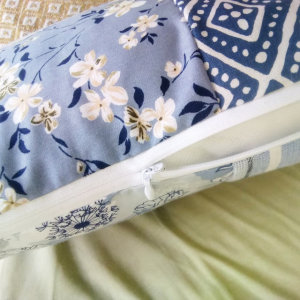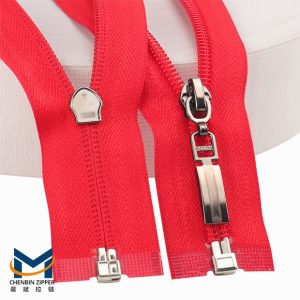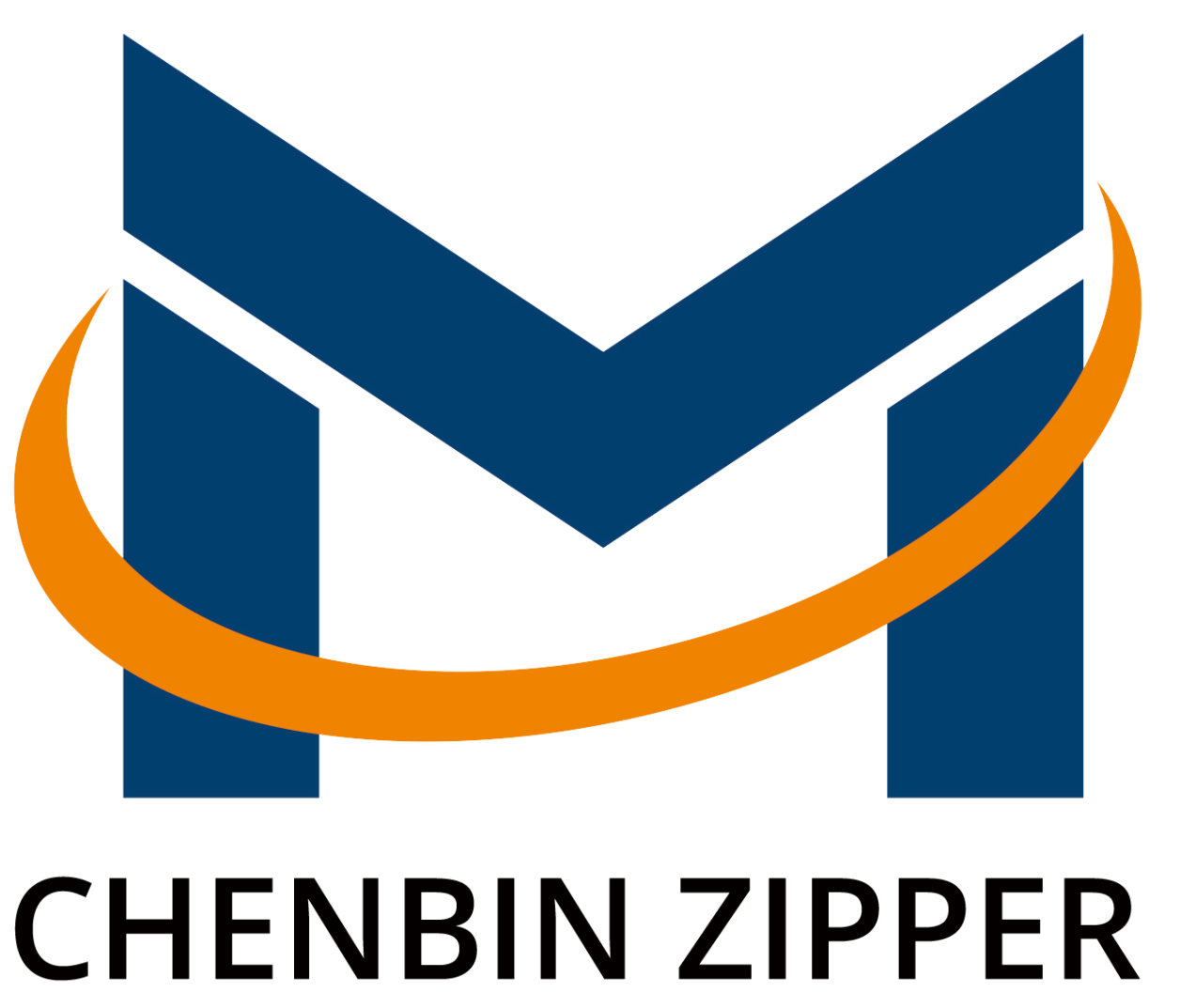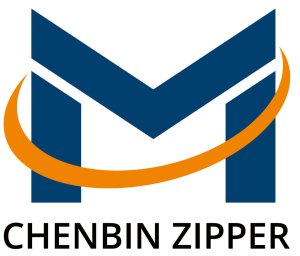Exploring the Zipper Wholesale Landscape
Introduction to the Zipper Industry
The global zipper market is the main branch of the world textile market providing fastening solutions to endless applications. From clothes and shoes to bags and travelling gear, zippers appear in everyday items. Whether you are in the production unit or designing unit – it is important to know the latest trends in the zipper wholesale market.
Components of a Zipper

Zippers are composed of several key components that determine their functionality and durability. The primary elements include:
- Tape: The fabric part of the zipper that holds the teeth.
- Teeth: The interlocking elements that create the closure.
- Slider: The mechanism that moves along the teeth to open or close the zipper.
- Puller: Attached to the slider, allowing manual operation.
- Stopper: Prevents the slider from detaching from the zipper.
Understanding these components is essential for selecting the right type of zipper for specific applications.
Advantages and Disadvantages of Different Materials
Nylon Zippers
Nylon zippers are crafted from high-quality nylon material, offering several advantages:
| Advantages | Disadvantages |
| Lightweight and flexible | Less durable than metal zippers |
| Smooth operation | Can melt under high heat |
| Resistant to corrosion | Not suitable for heavy-duty applications |
| Available in various colors | Limited aesthetic appeal compared to metal |
Nylon zippers are ideal for clothing, bags, and home décor projects due to their versatility and smooth operation. They provide a cost-effective solution for manufacturers looking to streamline production.

Metal Zippers
Metal zippers are known for their strength and durability:
| Advantages | Disadvantages |
| Strong and durable | Heavier than nylon or plastic zippers |
| Aesthetic appeal | Susceptible to rust if not properly treated |
| Suitable for heavy-duty applications | Higher cost compared to nylon or plastic |
Metal zippers are commonly used in jeans, jackets, and workwear where durability is paramount.
Plastic Zippers
Plastic zippers offer a balance between nylon and metal:
| Advantages | Disadvantages |
| Lightweight | Less strength compared to metal |
| Resistant to moisture | Can become brittle over time |
| Cost-effective | Limited color options compared to nylon |
Plastic zippers are widely used in rainwear, bags, and tents due to their water resistance.
Key Considerations When Choosing a Supplier
Evaluating Supplier Reliability
If this is true, then you probably want to know how to prove suppliers have good standing up at the zipper wholesale marketplace. These include but are not limited to; production capacity, quality assurance, delivery times as well as customer service. A stable supplier (stable production facilities and workforce) is proportional to the quality and quantity of production. A private zip-end zipper factory can guarantee quality and delivery on time.
Pricing Strategies in the Wholesale Market
Pricing is a key point in wholesale business exchanges. Inevitably, bulk purchasing translates to savings — you need to make sure you negotiate reasonable terms with suppliers. Knowledge about market trends and materials can aid in getting the best prices where you won’t have to compromise the quality. This is where understanding market trends and material costs can help to obtain competitive pricing without sacrificing firmness.
Assessing Product Variety and Customization Options
To meet diverse customers’ needs, a supplier offers a variety of materials, including nylon, metal, and plastic, as well as customization options like size, colour, tooth shape and waterproofing or invisibility capabilities give you flexibility. This enables manufacturers to make products exactly as specified in designs.
To summarize, there are four major areas that can help fashion designers approach the zipper wholesale market- material features and quality, supplier trustworthiness, purchasing style and price strategies, and product-tailored service. This helps manufacturers tailor supply chain operations while still receiving high-performance materials for your application. Focusing on these parameters can not just help manufacturers improve their supply chain efforts but also ensure the production of optimum quality output as per application requirements.
Effective Strategies for Successful Transactions
Building Strong Supplier Relationships
The cornerstone of every transaction initiated in the zipper wholesale market is a strong relationship with the supplier. Building trust and transparency keeps both parties on the same page with expectations which translates to smoother operations. Having regular meetings and feedback sessions might alleviate any doubts that there may be and also might help create a collaborative spirit. It also avoids disruptions in the supply chain since knowing the capabilities and limitations of a supplier permits realistic planning.
Managing Logistics and Supply Chain Challenges
Organising your logistics is key to keeping on top of the complexities of the zipper wholesale market. It entails planning and managing the procurement of the finished goods in terms of transportation, warehousing, and inventory to get the goods into the customer’s hands. Technology solutions — like success — make the supply chain visible to allow for better forecasting and demand planning, so proper integration and implementation of the right components are critical to success. In addition, working closely with logistics providers can minimize the risk stemming from delays and disruptions, keeping production plans on time.
Future Trends in the Zipper Wholesale Market
Innovations in Zipper Technology
There are some major innovations happening in the zipper industry. Zippers have also benefited from advances in materials science—stronger, smoother, and more environmentally resistant zips are now available. For example, zippers that realign the teeth automatically when misaligned (also known as self-healing zippers) are growing in popularity. Finally, the emergence of smart zippers that incorporate sensors for use in the wearable market is an innovative trend that can change the way that zippers are used in multiple industries.
Sustainability Considerations
Sustainability is another main thing in the zipper wholesale market in modern times. To lessen their environmental impact, manufacturers are investigating sustainable materials and production methods. This can be done by using zipper tapes and sliders made from recycled materials, or using a waterless dyeing method Aligned with broader sustainability goals of the broader textile industry, brands are also developing zippers designed to be easily recycled or reused at the end of their lifespans.
To sum up, navigating the zipper wholesale market successfully means a deeper relationship with your suppliers, tackling logistical challenges head-on, overcoming technological advancements and grassroots sustainability messaging. Manufacturers are also identifying and leveraging various benefits using this strategy and remaining up to date with external industrial factors. With the help of these strategies and awareness of the industry trends, manufacturers can boost their operations, and high-quality products to the market at great prices that effectively satisfy the changing consumer needs.











